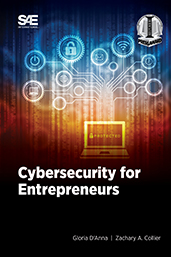Technical Paper
Enabling the security of global time in software-defined vehicles (SGTS, MACsec)
2024-07-02
2024-01-2978
., driver assistance functions, intrusion detection system, vehicle diagnostics, external device authentication during vehicle diagnostics, vehicle-to-grid and so on). The cybersecurity attacks targeting the global time result in false time, accuracy degradation, and denial of service as stated in IETF RFC 7384.


